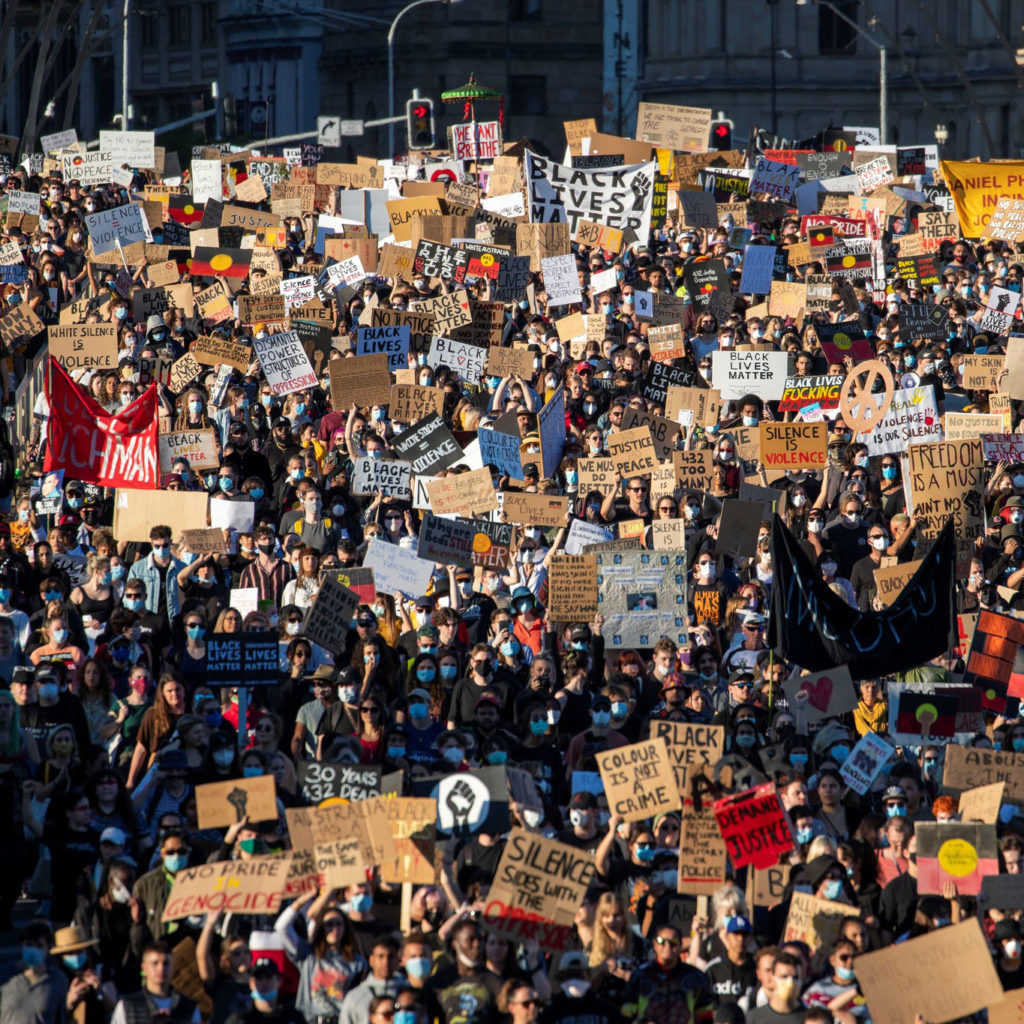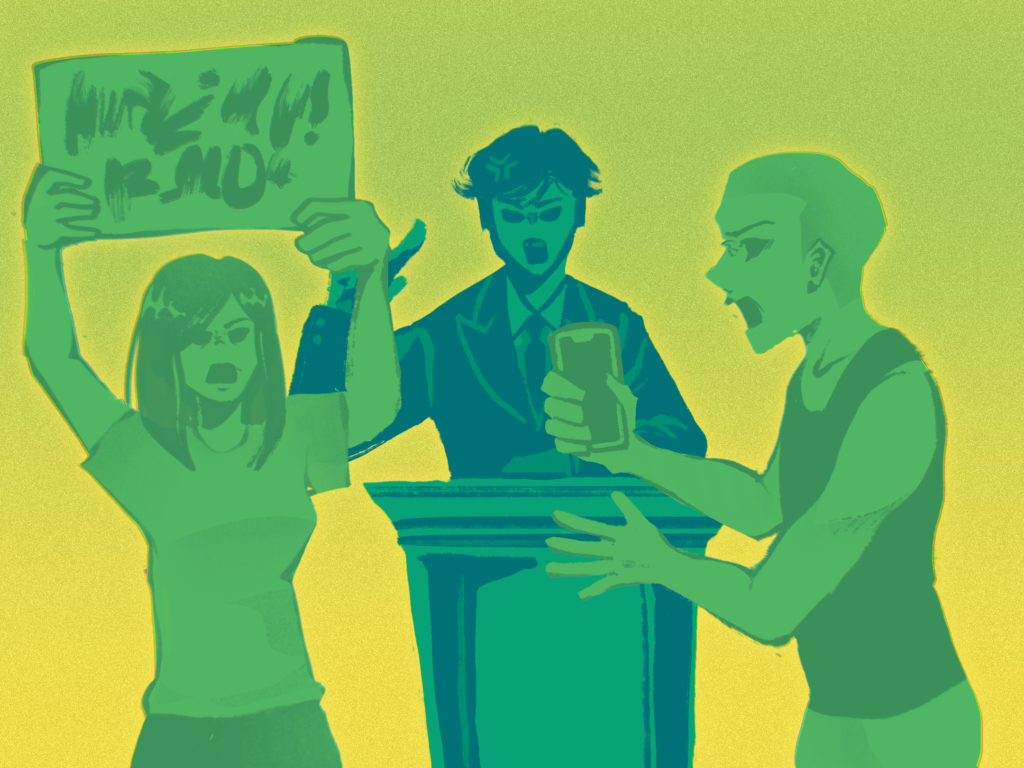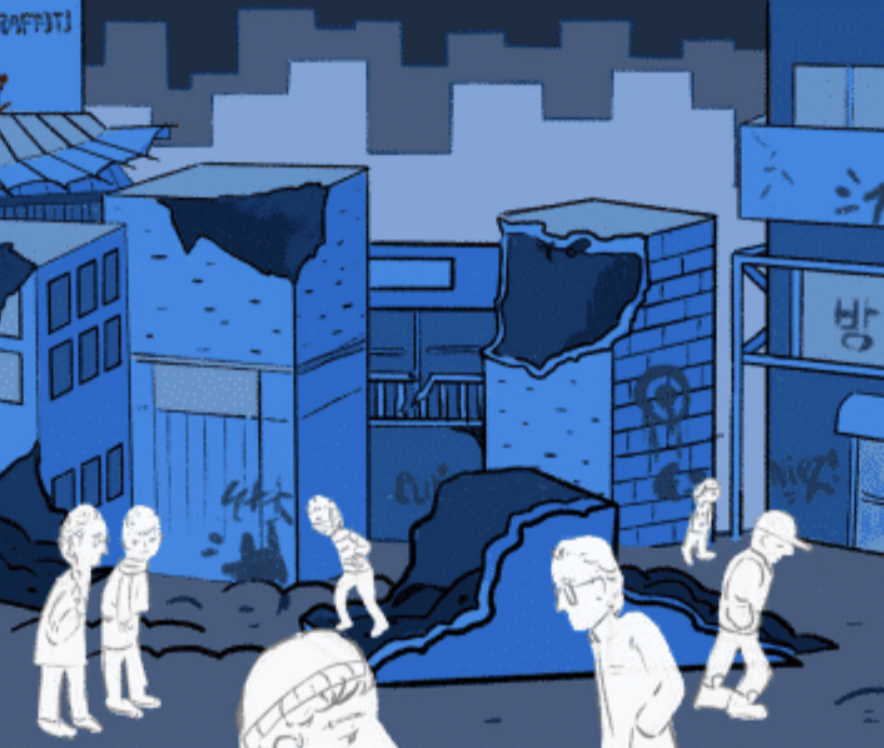This summer, as I drove past a row of houses proudly displaying the American flag, I pondered when the symbol of America became so distorted. Has it always been this way? No; when I was younger, I loved celebrating the Fourth of July and dressing up for America Day during school spirit week. I never saw an American flag and wondered if the person flying it had malicious intent. Yet, at some point over Donald Trump P’00’s presidency, the American flag came to stand for something ugly, far from the unifying patriotism of my childhood.
As Black Lives Matter (B.L.M.) protests erupted across the nation this summer — rallying against the long pattern of police brutality and racial injustice in our country’s history — it became hard for me to feel patriotic. How could I be proud to be an American when my country continues to oppress minorities and our own president has failed to condemn white supremacists? After seeing the American flag at white supremacist rallies and in the backs of cars disrupting B.L.M. protests, how could I ignore the flag’s racist connotations?
For much of the left-leaning half of the country, the past four years under Trump have marked a sharp decline in patriotism, with each of Trump’s xenophobic tweets, sexist comments, and reckless actions deepening America’s partisan divide. However, for both the left and the right, the polarization of Trump’s presidency has spurred an equally sharp surge in political activism.
For his opponents, Trump’s infringement on the rights of minorities, neglect for environment, and attack on the healthcare system could not go on ignored. People could no longer remain bystanders to the systemic problems that our country faces. Anger toward Trump inspired millions of people to stage protests and oppose him at marches and other rallies.
And yet, to right-leaning Americans, Trump has provided a voice not heard in decades, cementing their reactionary beliefs, inspiring them to sport “Make America Great Again” gear, and rousing them to attend Trump rallies. With increased political engagement on both sides, the 2020 presidential election had the highest rate of voter turnout in recent history.

Over the summer, Black Lives Matter protests swept the globe. As people grappled with the deaths of George Floyd, Breonna Taylor, and others, protesters raised signs reading “Defund The Police” and “Color Is Not A Crime.” Photo courtesy of the New York Times
Prior to Trump’s presidency, I knew little about politics. As a seventh grader in the fall of 2016, I never expected that the reality TV show host who I heard spewing derogatory comments on the news would become my next president. When he did, I felt compelled to learn about politics and what his presidency would mean for me and other minorities. This summer, spurred by the blatant racism perpetuated by Trump and other politicians, I began interning for a local Democratic candidate, along with more than forty other high-school and college students.
Now, more than ever, young people have become more politically involved. At Choate, students have formed new political clubs, engaged in political discourse, educated themselves on systemic issues, and participated in local protests. Despite some of us losing our sense of patriotism, we have remained civically active. If Trump’s presidency did any good, it showed us that political engagement is a cornerstone of American patriotism.
Loving America with all of its faults is not patriotic. Exercising the privilege to be indifferent to the news and not care about how politics affect others is not patriotic. Instead, we must actively educate ourselves on politics and try to enact change out of love for the people who live here and what our country could be. Being an American means participating in our democracy and working through difficult but necessary political discussions while listening to those who have different opinions to minimize our country’s polarization.
Hanging an American flag on the side of your house without discussion will never be enough.





